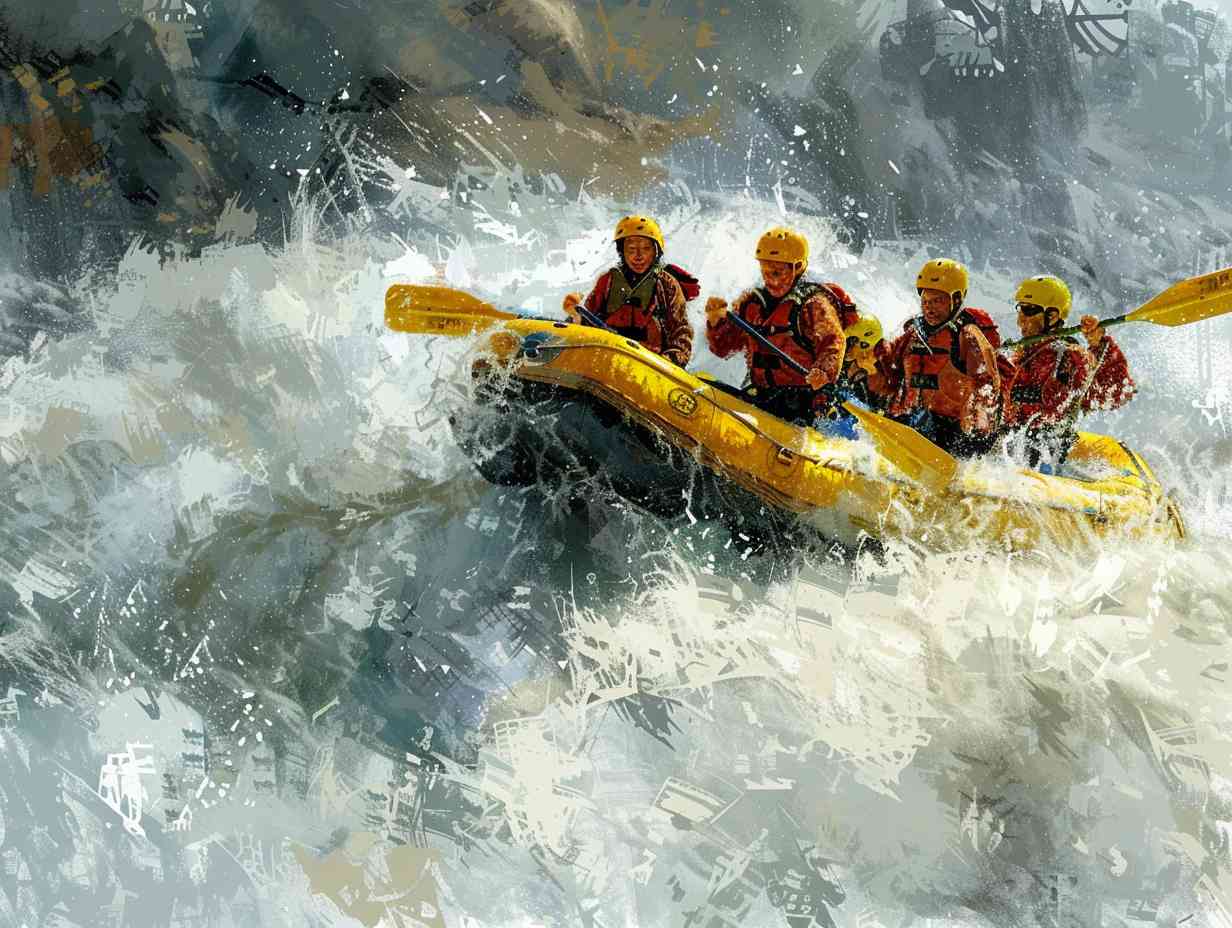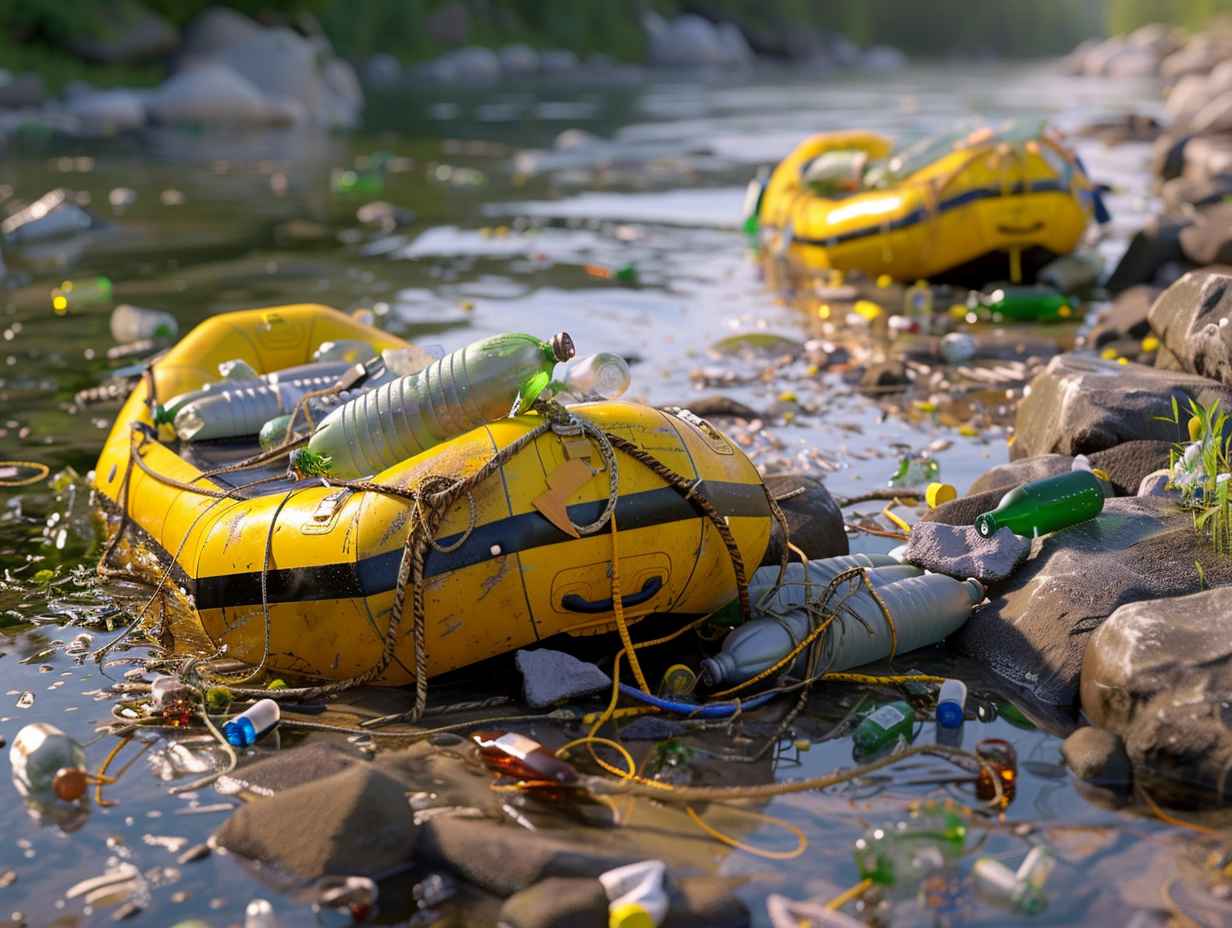
Emergency Procedures in Rafting
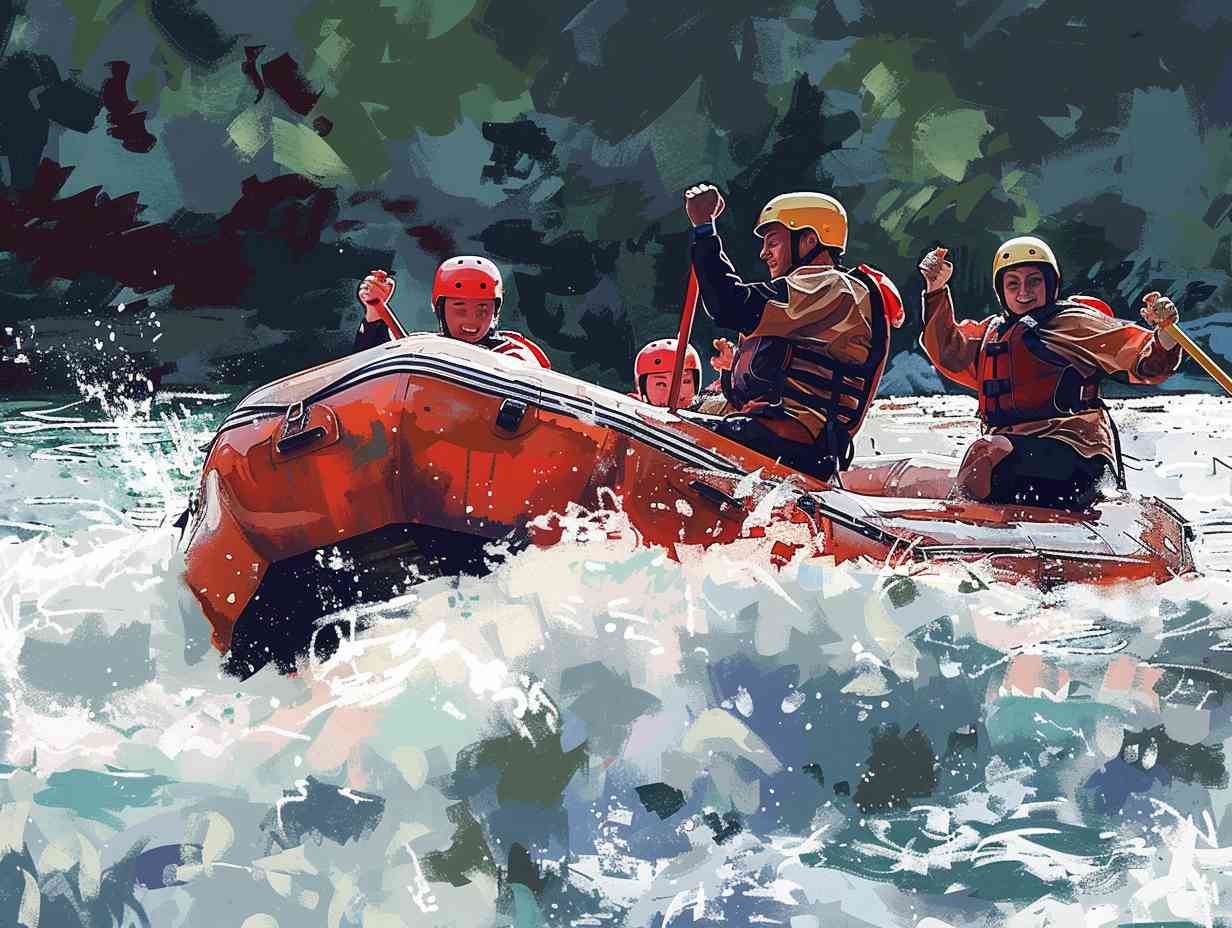
Imagine you’re steering the thrilling waters, the adrenaline pumping as you conquer each rapid. But what if the unexpected happens? How prepared are you to handle emergencies while rafting?
Understanding the crucial emergency procedures can mean the difference between safety and chaos on the water. From knowing how to signal distress to managing injuries and equipment malfunctions, being equipped with the right knowledge is key.
So, are you ready to steer the unpredictable currents of emergency situations on your next rafting adventure?
Key Takeaways
- Recognize distress signals promptly for swift assistance.
- Stay calm during capsizing and follow the guide’s instructions.
- Address injuries promptly with basic first aid and seek professional help if needed.
- Handle equipment malfunctions swiftly to ensure participant safety.
Identifying Emergency Signals
When traveling rough waters, identifying emergency signals quickly can be important for ensuring the safety of everyone on the raft. Recognizing common distress signals such as waving arms, blowing a whistle repeatedly, or shouting for help is critical in alerting others that you need assistance.
Additionally, knowing how to use visual signals like flashing lights or signal mirrors can help rescuers locate your position more easily. Familiarizing yourself with the specific emergency signals recommended for rafting trips and making sure that everyone in your group understands them is important.
Responding to Capsizing
In the event of capsizing while rafting, your immediate response can hugely impact the safety and well-being of yourself and your fellow rafters. If the raft flips, stay calm and hold onto the raft or grab a safety line. Work together with your team to right the raft by following the guide’s instructions.
Avoid standing up in fast-moving water, as this can be dangerous. Once the raft is upright, climb back in and make sure everyone is safely onboard. Remember to always prioritize safety over panic.
Managing Injuries on the Water
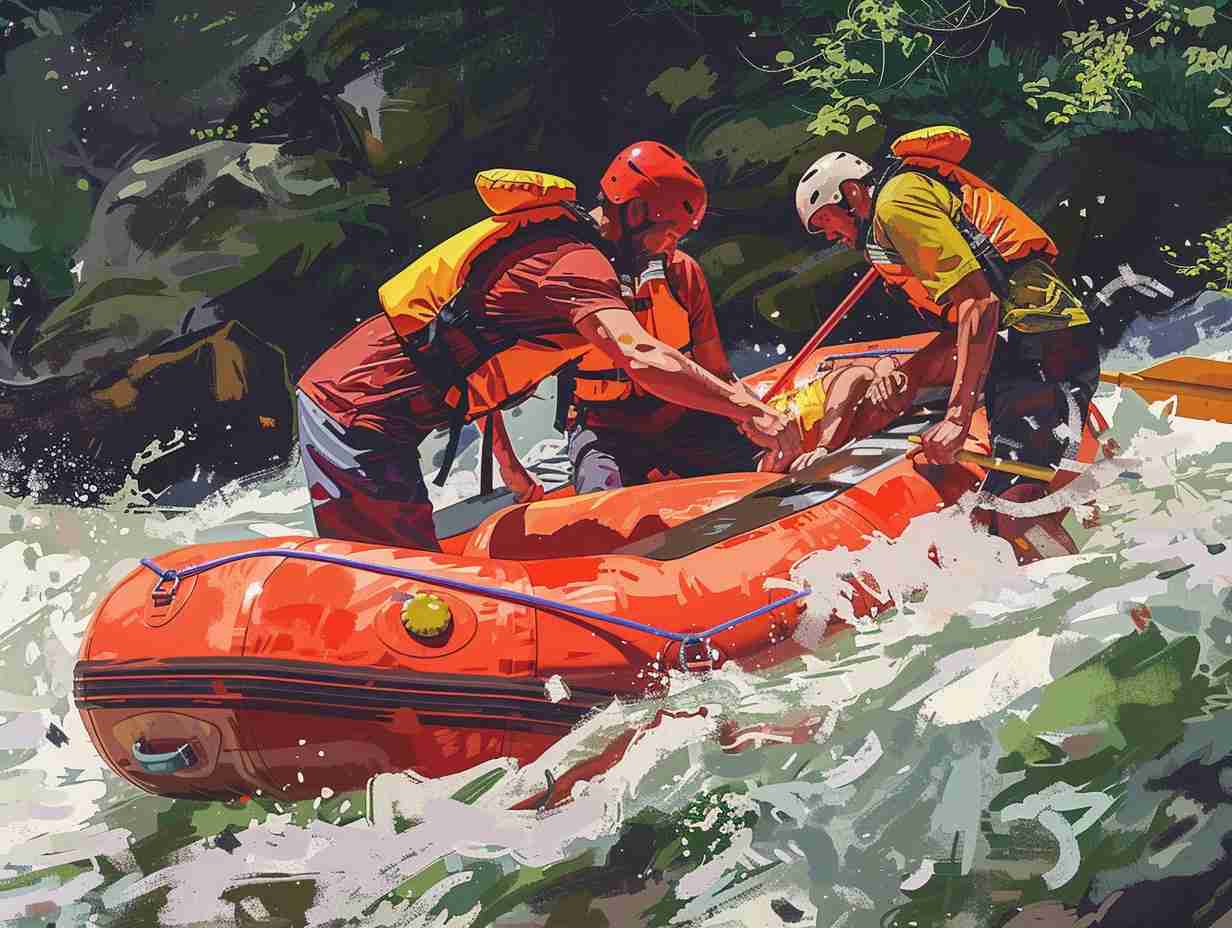
During rafting excursions, promptly address any injuries sustained on the water to guarantee the safety and well-being of all participants. Injuries can happen unexpectedly, so being prepared to manage them efficiently is essential.
Here are some key steps to follow:
-
Assess the Situation: Quickly evaluate the severity of the injury and make sure the injured person is out of immediate danger.
-
Provide First Aid: Administer basic first aid for common injuries like cuts, bruises, or sprains.
-
Seek Professional Help: If the injury is serious, contact emergency services or seek medical assistance as soon as possible.
-
Document and Report: Keep a record of the incident, including details of the injury and the actions taken, for future reference or insurance purposes.
Dealing With Equipment Malfunctions
To effectively address equipment malfunctions while rafting, promptly assess the issue and take necessary action to guarantee the safety of all participants. When facing equipment malfunctions such as a punctured raft, broken oar, or deflated life jacket, follow these steps:
| Equipment Malfunction | Action Required |
|---|---|
| Punctured Raft | Patch the hole using a repair kit and inflate the raft. |
| Broken Oar | Utilize spare oars if available or paddle with teamwork. |
| Deflated Life Jacket | Replace the life jacket with a spare one if accessible. |
| Tangled Throw Bag | Untangle the throw bag carefully to assure it is ready for use. |
Communicating for Rescue
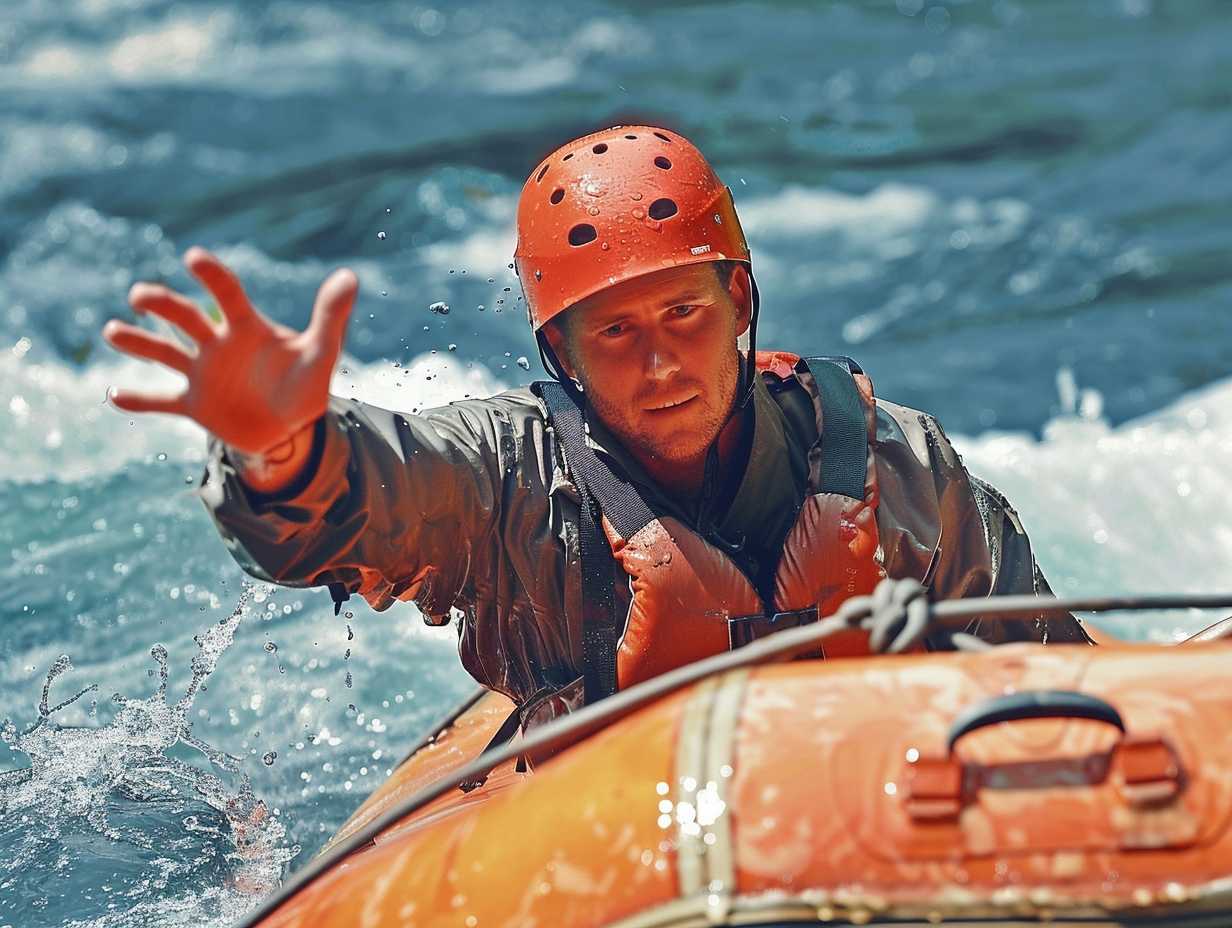
When faced with the need for rescue, effective communication is key to ensuring a swift and coordinated response. Here are four essential ways to communicate for rescue:
-
Use Whistles: Carry a whistle and blast it repeatedly in sets of three, a recognized distress signal. This sharp sound can travel far distances over water, alerting others to your location.
-
Signal with Arms: Learn and use internationally recognized hand signals to communicate messages when verbal communication is challenging due to distance or noise.
-
Flashlights or Signal Mirrors: These can be effective at night or in sunny conditions for signaling rescuers who may be searching for you.
-
Shouting Commands: Clearly shouting commands or directions can help in coordinating efforts during a rescue operation.
Frequently Asked Questions
How Can I Prevent Hypothermia While Waiting for Rescue After a Rafting Emergency?
To prevent hypothermia while waiting for rescue after a rafting emergency, stay as dry as possible, huddle with others for warmth, cover your head, and avoid immersing in water. Remember to remain calm and conserve energy.
What Should I Do if I Lose Sight of My Group During a Rafting Emergency?
If you lose sight of your group during a rafting emergency, stay calm and assess your surroundings. Look for a safe spot to wait for help or try to catch up if it’s safe to do so.
Are There Any Specific Techniques for Navigating After Losing a Paddle in a Rafting Emergency?
If you lose your paddle during a rafting emergency, stay calm. Use your hands to paddle by cupping the water and pulling towards you. Work with your team to steer the raft safely. Remember, teamwork is key.
What Are the Best Ways to Stay Calm and Focused During a High-Stress Rafting Emergency Situation?
Stay calm by focusing on your breathing to regulate emotions. Remind yourself to assess the situation calmly and make decisions based on safety. Reassure yourself that panicking will not help and trust in your abilities.
How Can I Mentally Prepare for the Possibility of Encountering a Dangerous Situation While Rafting?
You can mentally prepare for encountering a dangerous situation while rafting by visualizing potential scenarios, practicing deep breathing techniques, and familiarizing yourself with emergency procedures. Stay focused, stay calm, and trust your training.
Conclusion
So next time you hit the rapids, remember to stay calm and prepared for anything that comes your way.
By knowing how to identify emergency signals, respond to capsizing, manage injuries, deal with equipment malfunctions, and communicate for rescue, you’ll be ready for whatever the river throws at you.
Just keep your cool, stay alert, and enjoy the thrill of rafting while staying safe and sound.
Happy paddling!
More information about Emergency Procedures in Rafting
Affiliate information declaration: We may earn revenue from the products referred on this page and participate in affiliate programs.
